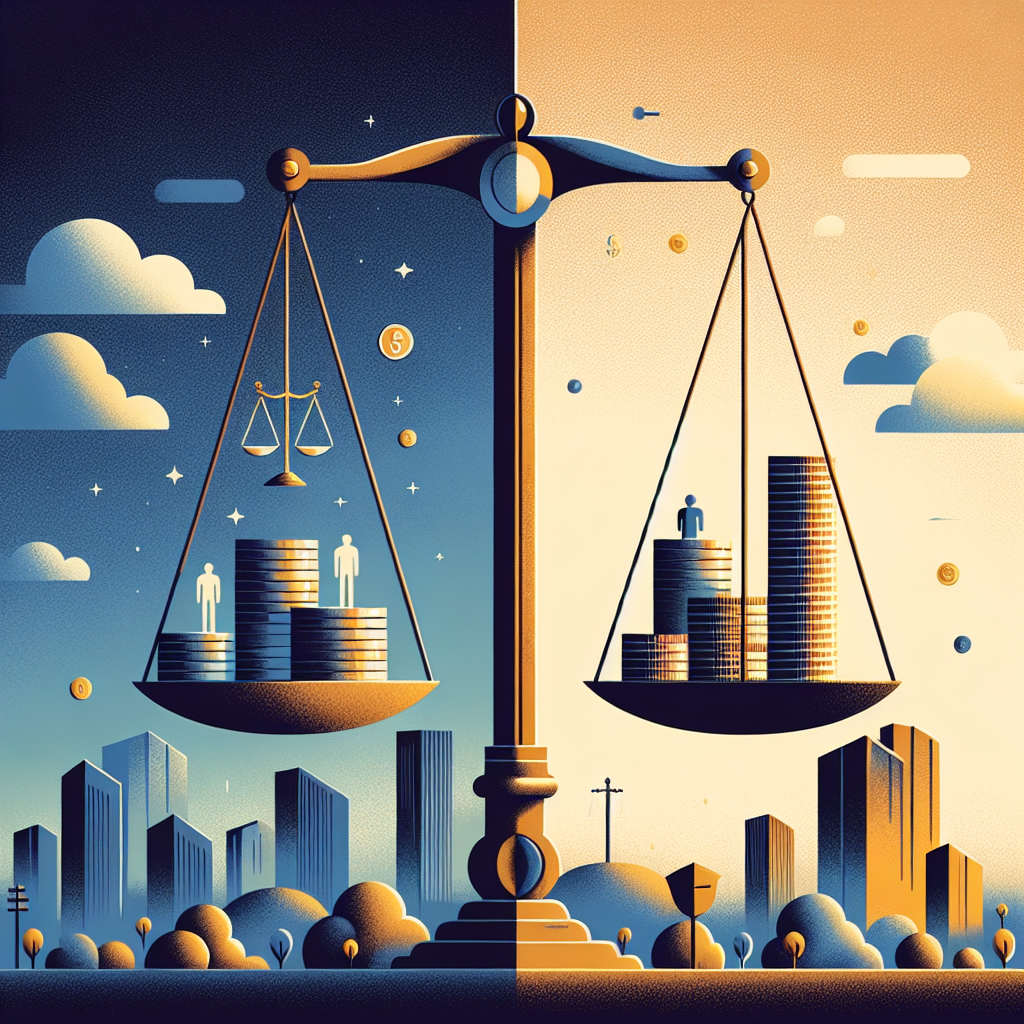Unsolved Mysteries: The Voynich Manuscript
Throughout history, certain enigmas have captivated the minds of scholars, historians, and curious individuals worldwide. Among these mysteries, the Voynich Manuscript stands out as a perplexing and enigmatic artifact that has defied comprehension for centuries. This blog post delves into the fascinating world of the Voynich Manuscript, exploring its origins, contents, and the ongoing efforts to decode its secrets.
Table of Contents:
1. Introduction to the Voynich Manuscript
2. Discovery and History
3. The Mysterious Content
4. Attempts at Decipherment
5. Theories and Speculations
6. Conclusion
7. FAQs
Introduction to the Voynich Manuscript
The Voynich Manuscript is an illustrated codex, handwritten in an unknown script and language. It dates back to the early 15th century, and its origins remain shrouded in mystery. The manuscript is named after Wilfrid Voynich, a Polish book dealer who acquired it in 1912. Despite extensive research, the manuscript’s purpose, authorship, and meaning continue to elude experts, making it one of the most intriguing puzzles in the world of historical cryptography.
Discovery and History
The story of the Voynich Manuscript begins in 1912 when Wilfrid Voynich purchased it from the Jesuit College at Villa Mondragone in Italy. However, its history can be traced back even further. The manuscript’s earliest confirmed owner was Georg Baresch, an alchemist from Prague in the 17th century. Baresch was equally puzzled by the manuscript and attempted to decode it, but his efforts proved futile.
Over the centuries, the manuscript passed through several hands, including those of Emperor Rudolf II, who reportedly purchased it for a significant sum, believing it to be the work of the famous English philosopher Roger Bacon. This assumption, however, remains speculative, as no definitive evidence has linked Bacon to the manuscript’s creation.
The Mysterious Content
One of the most captivating aspects of the Voynich Manuscript is its content. Comprising approximately 240 pages, the manuscript features a unique and undeciphered script, accompanied by vivid illustrations. These illustrations depict a variety of subjects, including botanical drawings, astronomical charts, biological diagrams, and what appear to be recipes or instructions.
The manuscript is divided into several sections, each focusing on different themes. The most prominent sections include:
1. Herbal Section: This section contains intricate drawings of plants, many of which are unidentifiable, raising questions about their origins and purposes.
2. Astronomical Section: Featuring detailed diagrams of celestial bodies and zodiac symbols, this section hints at a possible connection to astrology or astronomy.
3. Biological Section: Depicting human figures immersed in mysterious liquid-filled structures, this section has sparked theories about alchemical or medical practices.
4. Pharmaceutical Section: Combining plant illustrations with jars and vessels, this section suggests the possibility of medicinal or alchemical recipes.
Attempts at Decipherment
Throughout the years, countless experts and amateur cryptographers have attempted to decode the Voynich Manuscript. Despite their efforts, the manuscript remains an unsolved puzzle. Some have suggested that the script is a cipher, while others propose that it is an entirely unique language.
In recent years, advancements in technology have provided new tools for researchers. Machine learning algorithms and computational linguistics have been employed in attempts to crack the code. However, as of now, no breakthrough has been achieved, leaving the manuscript as enigmatic as ever.
Theories and Speculations
The mystery of the Voynich Manuscript has given rise to numerous theories and speculations. Some researchers propose that it was intended as a hoax, designed to deceive or intrigue its audience. Others believe it may have been a coded alchemical or scientific text, meant to conceal knowledge from uninitiated readers.
Another intriguing theory suggests that the manuscript was a personal journal or work of art, containing the thoughts and ideas of its creator. This hypothesis emphasizes the manuscript’s aesthetic value over its potential informational content.
Conclusion
The Voynich Manuscript continues to capture the imagination of people around the world. Its mysterious script, vibrant illustrations, and enigmatic history make it a captivating subject for researchers, historians, and cryptographers alike. While the manuscript remains undeciphered, the ongoing efforts to unlock its secrets serve as a testament to human curiosity and the enduring allure of the unknown.
FAQs
Q: What is the Voynich Manuscript?
A: The Voynich Manuscript is a handwritten codex from the early 15th century, notable for its unknown script and mysterious illustrations.
Q: Who discovered the Voynich Manuscript?
A: The manuscript was acquired by Wilfrid Voynich in 1912, but its history dates back to earlier owners, including Georg Baresch and Emperor Rudolf II.
Q: What is the manuscript’s content about?
A: The manuscript contains sections on herbal, astronomical, biological, and pharmaceutical themes, featuring unknown plant drawings and celestial diagrams.
Q: Has the Voynich Manuscript been deciphered?
A: Despite numerous attempts, the manuscript’s script and language remain undeciphered, maintaining its status as an unsolved mystery.
Q: What theories exist about the manuscript’s purpose?
A: Theories range from it being a hoax to a coded scientific text or a personal journal, reflecting the diverse interpretations of its enigmatic content.
🔍 The Voynich Manuscript remains one of history’s most intriguing mysteries. Will you be the one to unlock its secrets?





Leave a Reply
You must be logged in to post a comment.